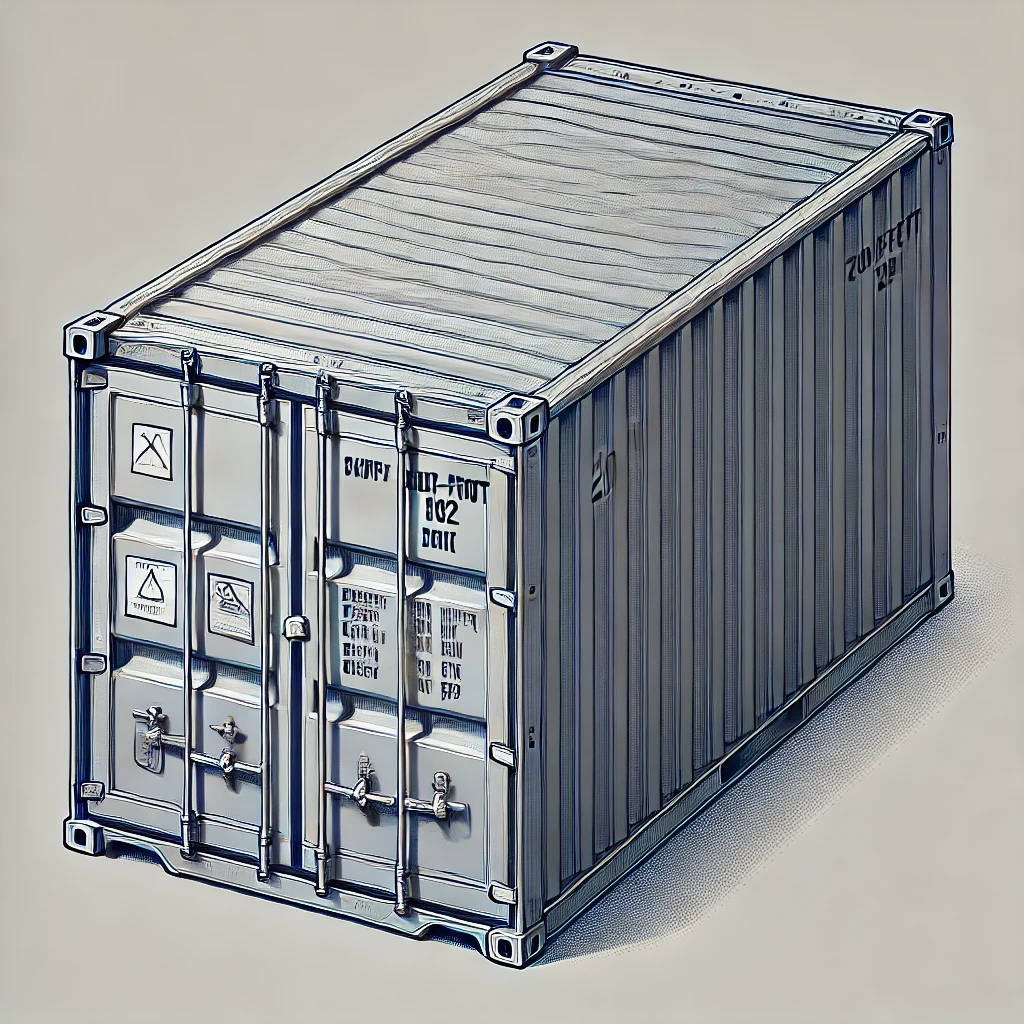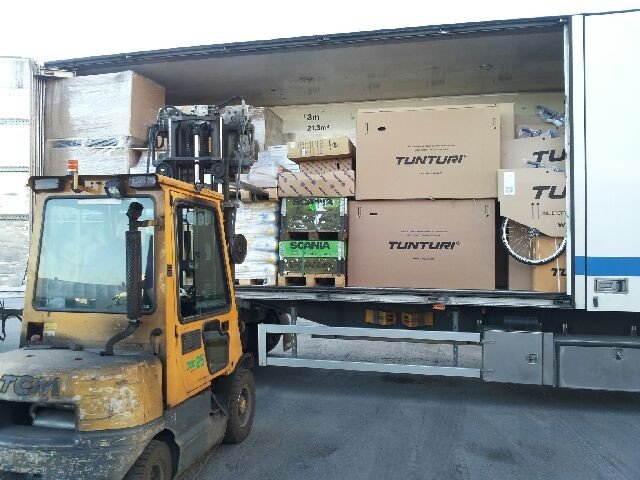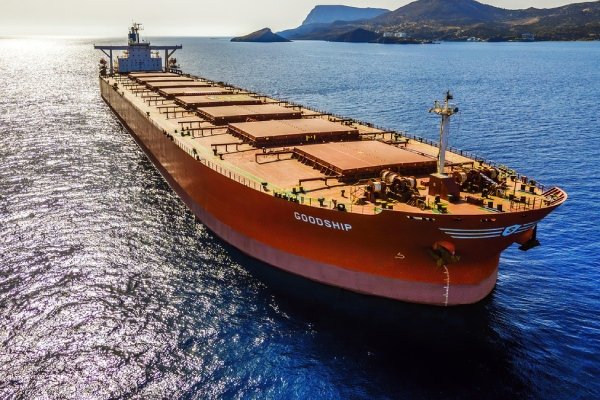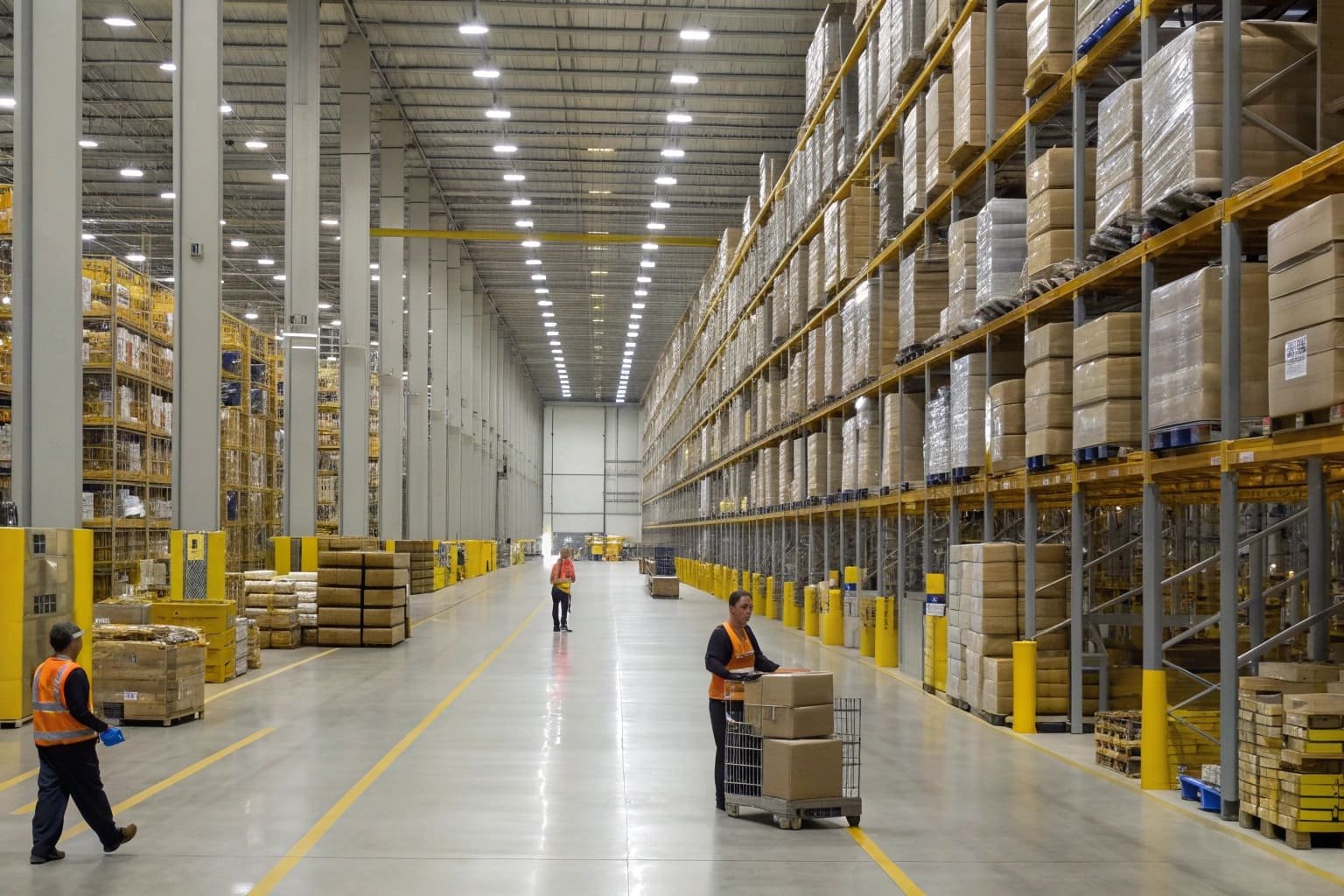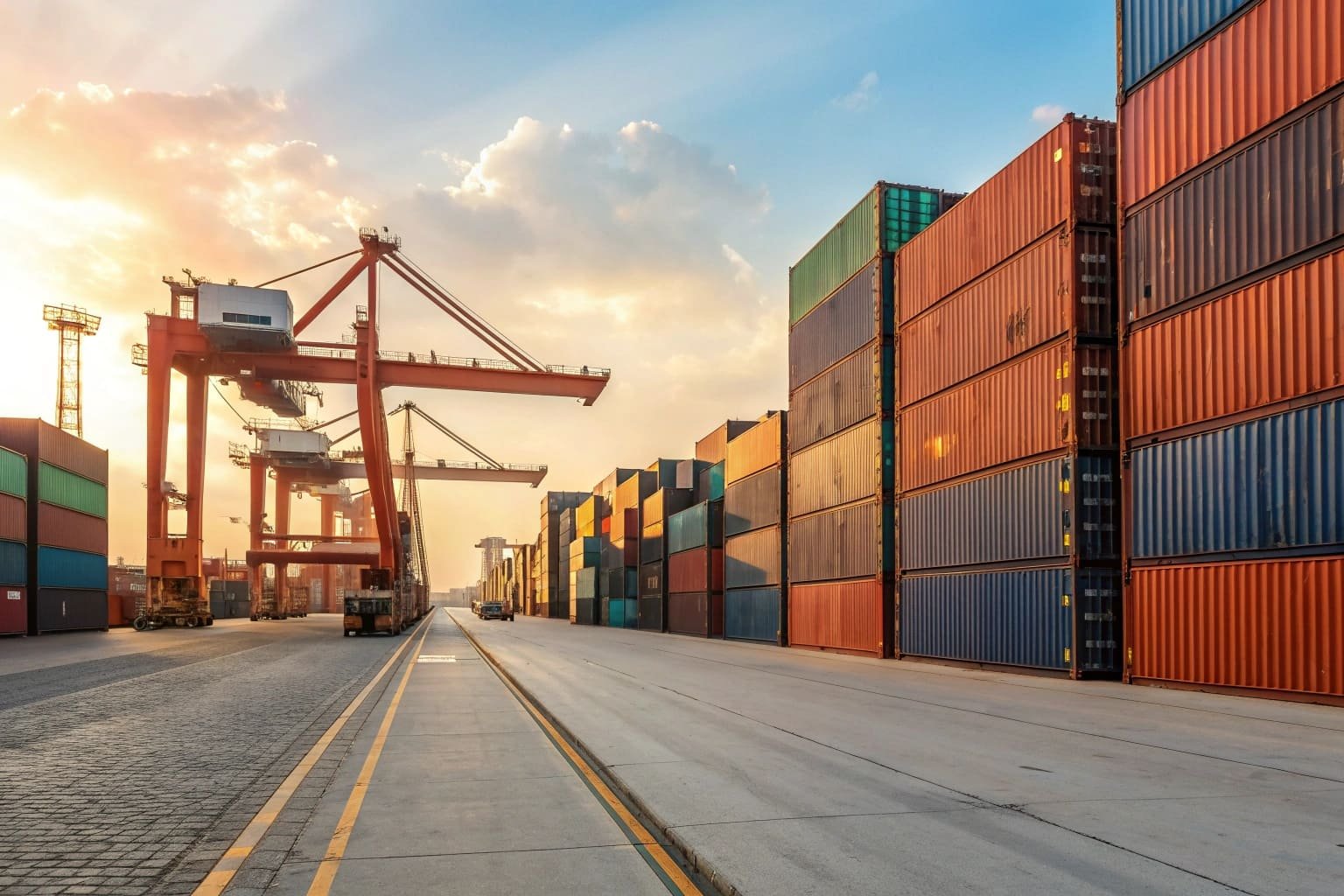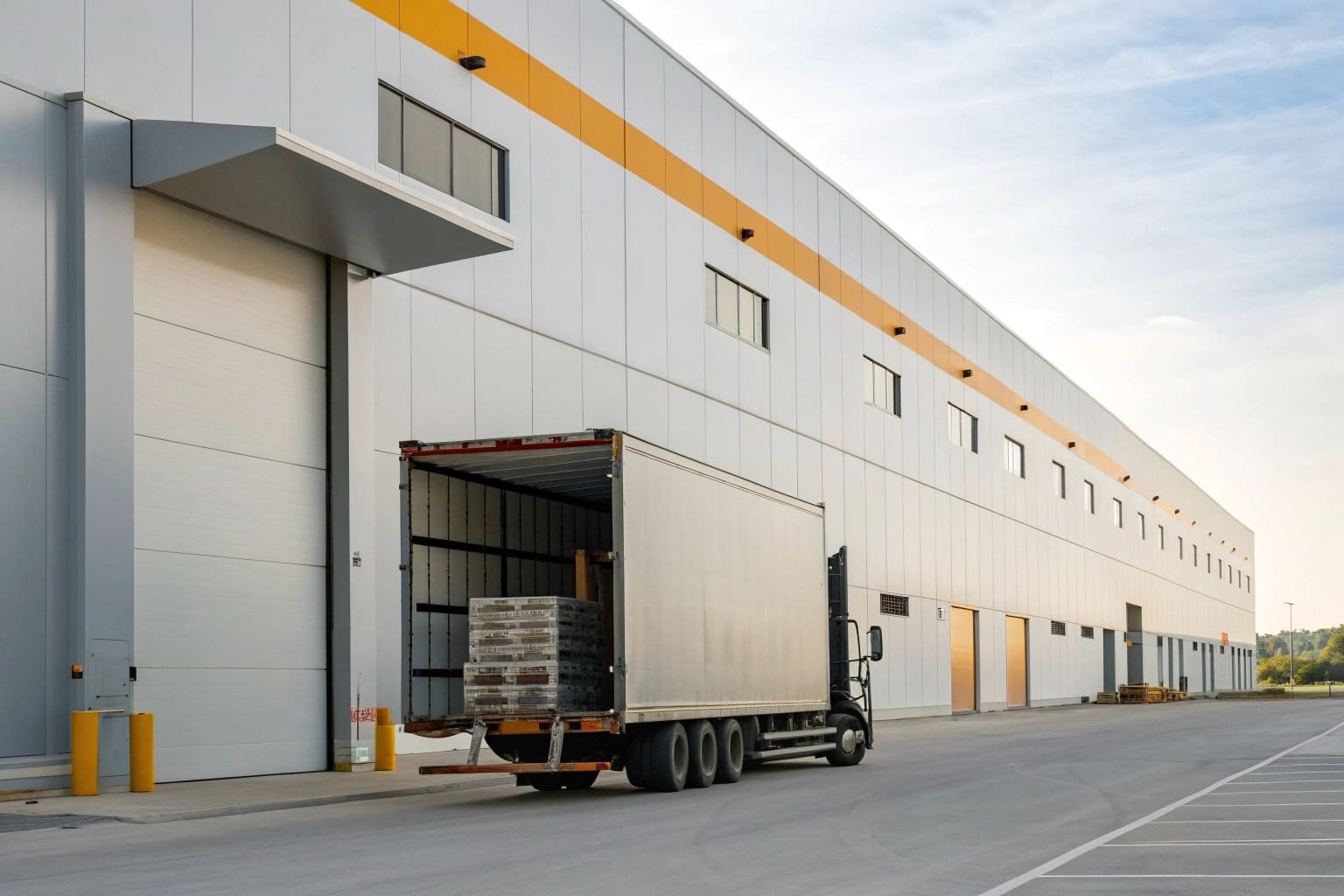
What is the Currency Adjustment Factor (CAF)?
The Currency Adjustment Factor (CAF) is a charge that shipping companies add to freight rates to account for changes in exchange rates between different currencies. When you buy products from other countries, shipping companies have to deal with multiple currencies – like the US Dollar (USD), the Euro (EUR), or the Japanese Yen (JPY) – to cover their costs.

